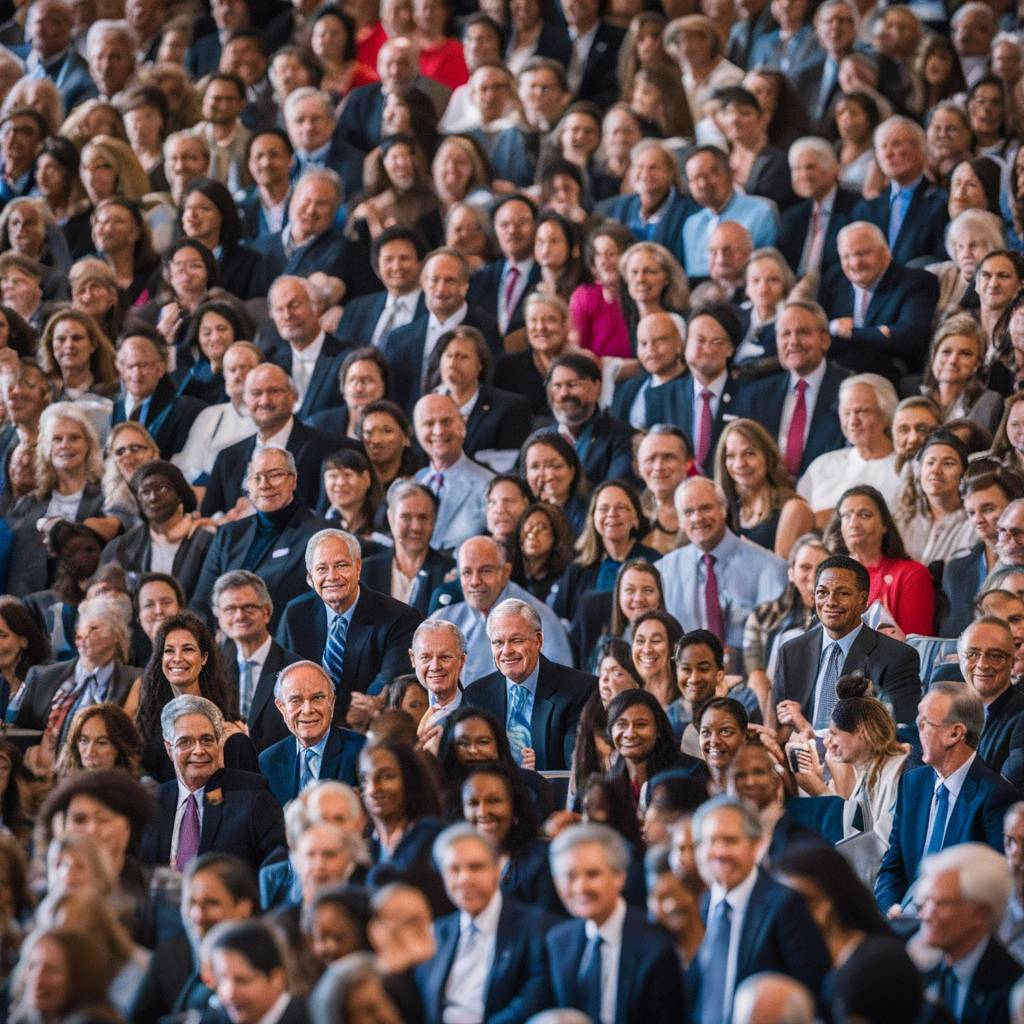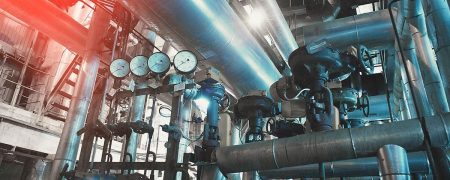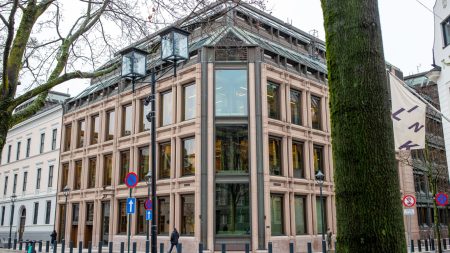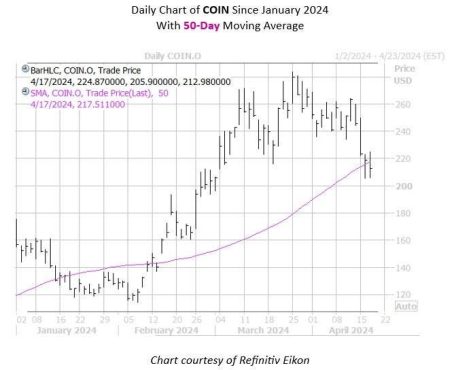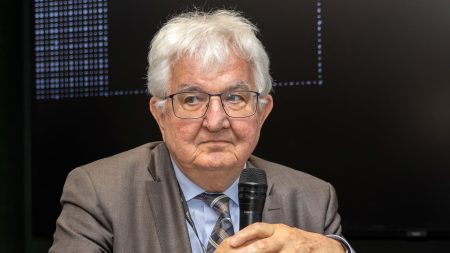Federal Reserve Chair Jerome Powell recently spoke at the Stanford Business, Government and Society forum, delivering prepared remarks and engaging in a question-and-answer session with a moderator. Powell emphasized the need for more evidence that inflation is easing before the central bank considers cutting interest rates. This stance was reiterated by other Fed officials, who anticipate rate reductions but are uncertain about the timing. Atlanta Fed President Raphael Bostic suggested there may be just one rate cut this year, while market expectations point to three cuts by the end of 2024.
Following the Fed’s meeting last month, where interest rates were held steady, Powell indicated that a rate cut is likely later this year. However, he stressed that the timing of such a move is uncertain and that policymakers require additional evidence that inflation is moving towards the Fed’s target of 2%. The market anticipates the Fed to begin easing by June or July, with three cuts expected by the end of 2024. While the timing remains unclear, the overall expectation is for rate reductions in the coming months.
Powell’s remarks are part of a broader discussion about the direction of monetary policy in response to evolving economic conditions. While the Fed has indicated a willingness to lower rates, the specific timing and magnitude of such cuts remain uncertain. Bostic’s suggestion of a single rate cut in the fourth quarter contrasts with the market’s expectation of multiple cuts by the end of 2024. This divergence reflects the complexity of the economic landscape and the challenges facing central bankers.
There are differing views on the necessity of rate cuts at this time. While some, like Powell, advocate for a cautious approach that prioritizes evidence of easing inflation, others, such as investor Steve Eisman, warn against cutting rates too quickly. Eisman argues that lowering rates could risk creating a stock market bubble, highlighting the potential unintended consequences of monetary policy decisions. These debates underscore the importance of careful consideration in navigating the current economic environment.
Overall, the discussion surrounding potential rate cuts reflects the ongoing uncertainty and complexity of the economic landscape. The Fed’s decision-making process is guided by a desire to support sustainable economic growth while maintaining price stability. Powell’s emphasis on the need for more evidence before considering rate cuts underscores the cautious approach being taken by policymakers. As the economic outlook continues to evolve, the Fed will need to adapt its strategy to ensure stability and growth in the face of changing conditions.
In conclusion, Powell’s recent remarks at the Stanford forum provide insight into the Fed’s current thinking on interest rates and monetary policy. While the central bank is open to the possibility of rate cuts in the future, the timing and magnitude of such moves remain uncertain. The debates surrounding the need for rate cuts, potential risks, and economic conditions highlight the challenges facing policymakers as they navigate a complex and evolving economic landscape. With changing market expectations and divergent views among Fed officials, the path forward remains uncertain, underscoring the importance of careful analysis and deliberation in shaping future monetary policy decisions.





